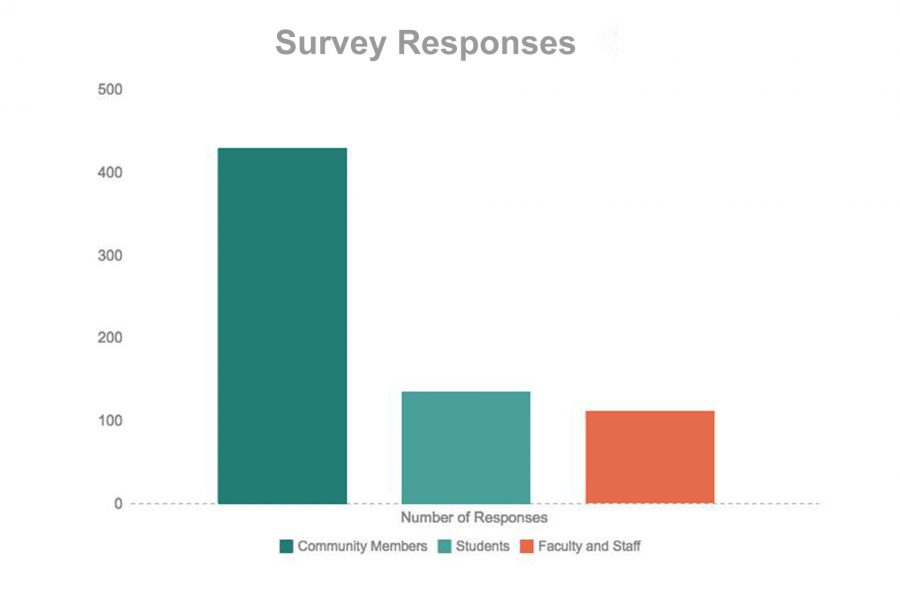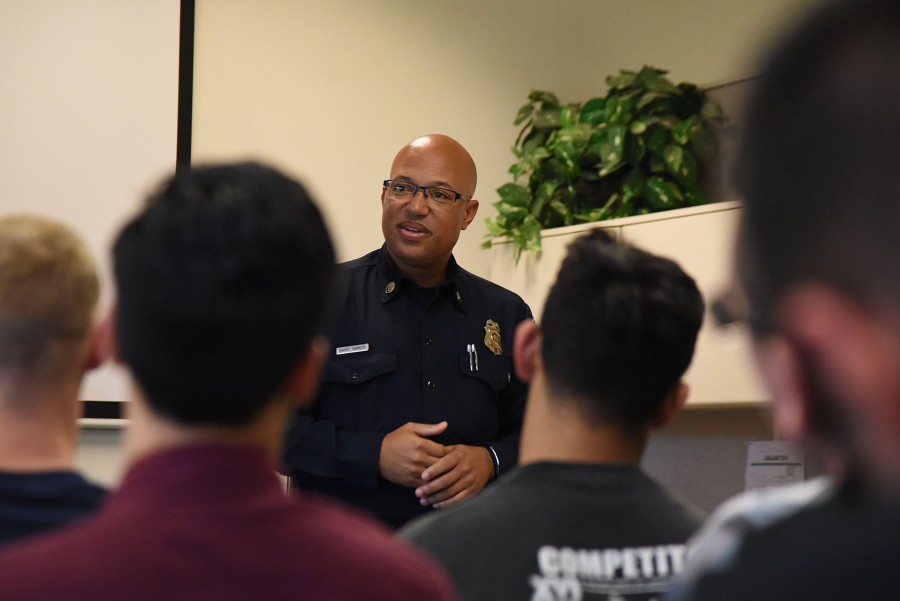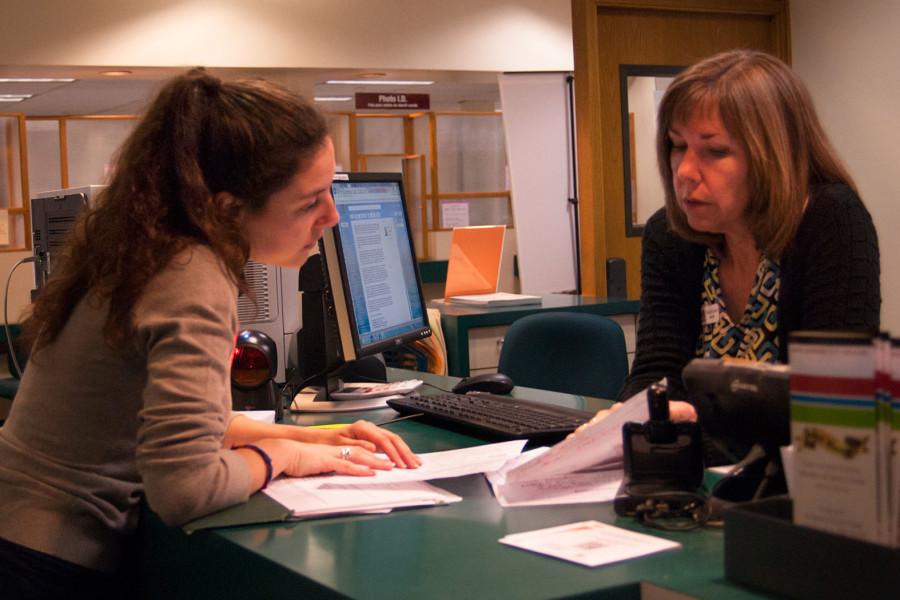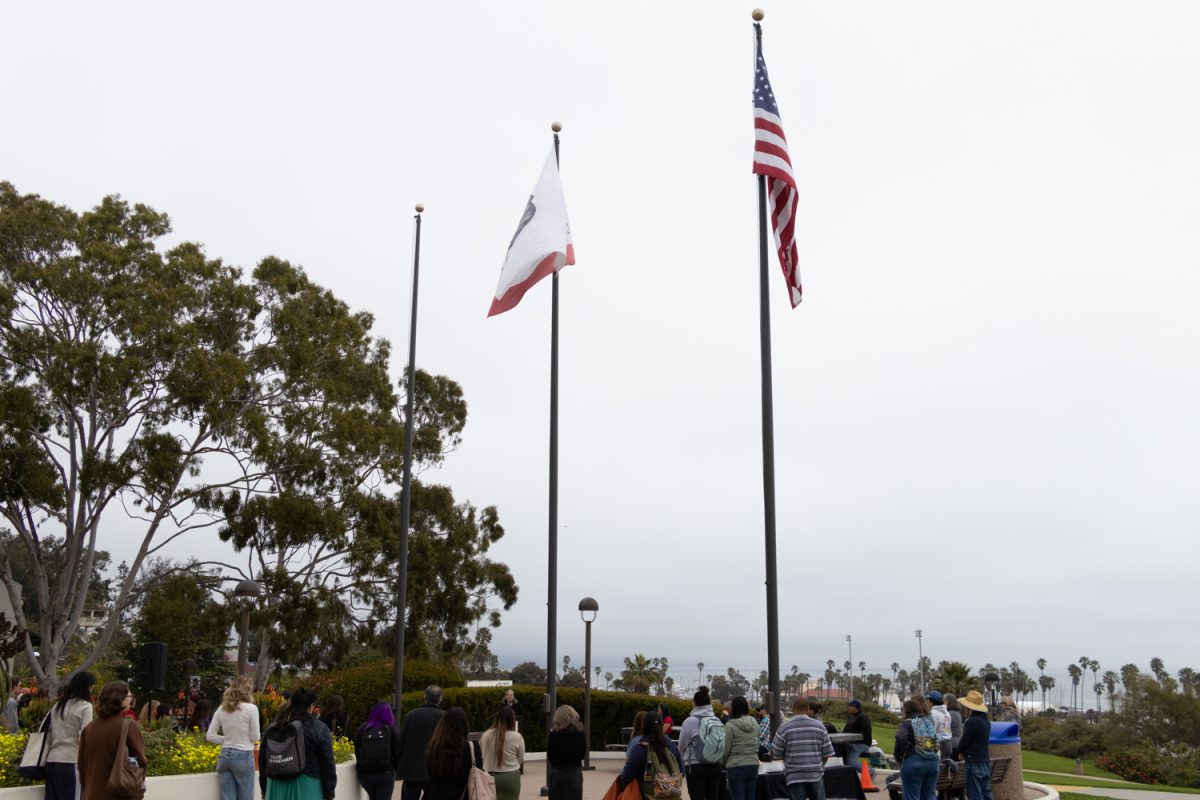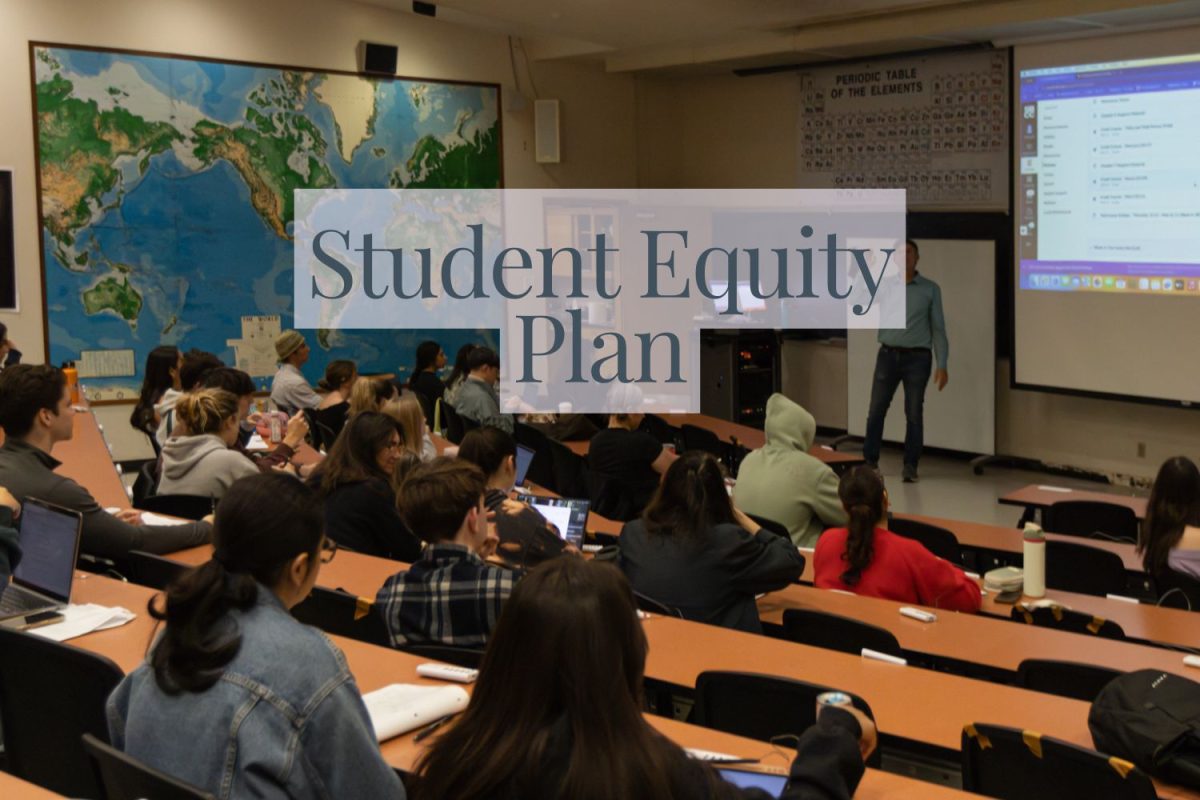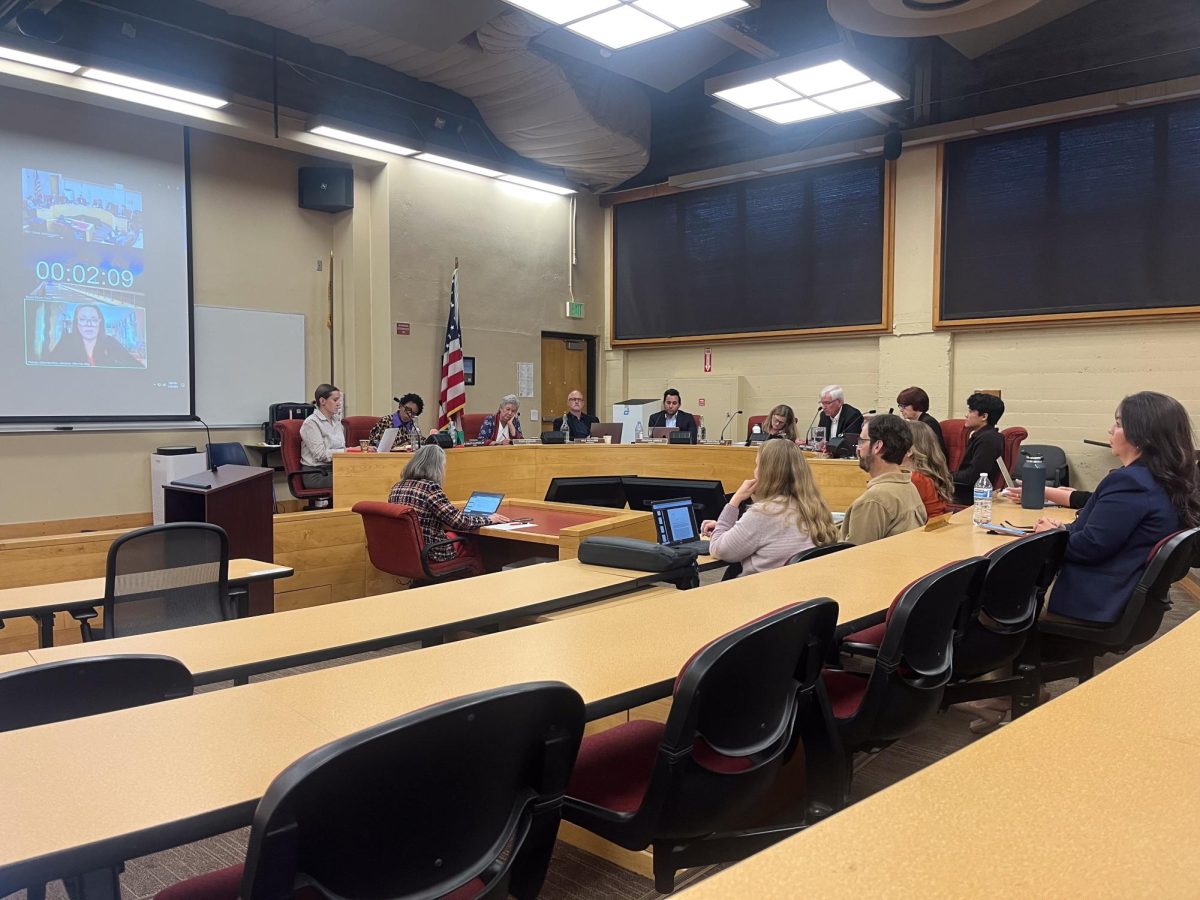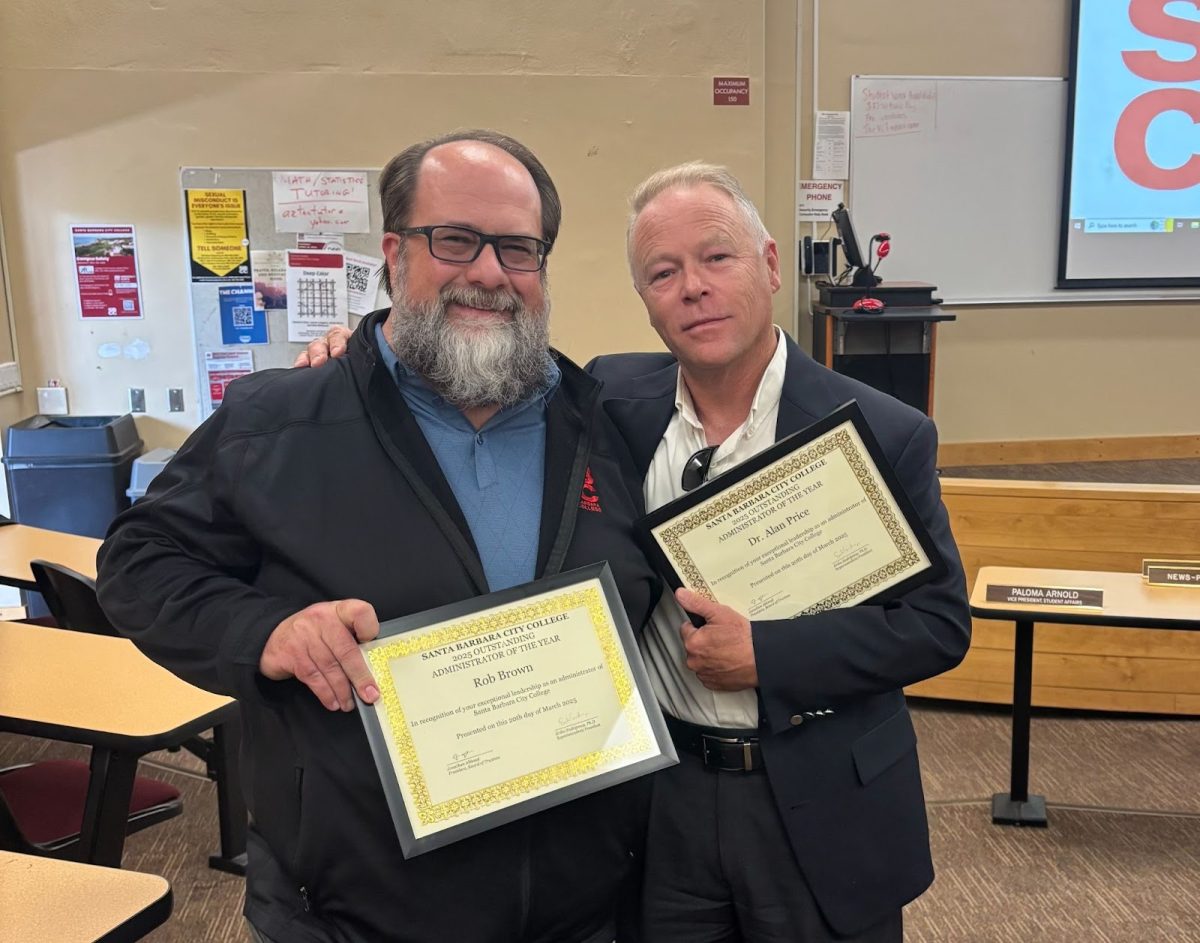The Academic Senate is looking for ways to better support City College’s adjunct faculty after seeing the results of a survey done in fall of 2015.
The survey was overseen by Sen. Louise MacKenzie, adjunct faculty representative, with the goal of understanding the unique issues that come with having a part time position. A copy of the survey can be found here.
“This survey was a step for trying to figure out what the needs might be, around professional development,” said Dr. Kimberly Monda, president of the senate.
According to the college’s most recent report, there were 548 adjunct faculty employed at City College in 2014.* Adjunct faculty are in a unique position because many of them work elsewhere. Of those who responded, around a quarter of the faculty have full-time jobs along with working part-time at City College, and a quarter work part-time at more than one place.
There are many issues that can be caused by working at the college only part-time. The survey shed light on the largest issue, the lack of office space. Because the faculty are part-time, they do not have designated office areas where they can meet with their students, which can create a privacy problem.
Over half of the faculty surveyed said they would prefer a shared office space, and a little under half said they would prefer setting up something online.
Many faculty also reported feeling “uninformed and excluded,” and some departmental orientations were “non-existent.”
“I, as a senate, would think that it might be something we want to remind departments to think about to be very consistent and clear about what their orientation practices are,” Monda said.
She also stressed the need to invite all faculty to training opportunities and events on the campus.
At the forefront of the senate’s solutions was utilizing a guideline for faculty, by updating the adjunct faculty handbook, and putting more emphasis on using it.
Faculty orientations tend to be poorly attended, said Marilynn Spaventa, executive vice president of educational programs, which causes issues because they are valuable.
“We have the president and the vice-president and this big welcome, and a lot of information to give,” she said. “So, moving it to something that’s accessible for everybody makes so much more sense. The time it takes to put it together and update it is much more worth it than all of the holes that people fall through not knowing how to do things.”
Though there is currently no one in charge of assembling the new handbook, they plan to have a new one by the fall semester, Monda said.
The Faculty Resource Center is already working to put more orientation materials online, however, the senate plans to put more focus on that with the hiring of a new faculty co-director this fall.
They will also work on having someone develop a “best practices” document for department chairs, though, the person who will be in charge of it has not been selected yet.
Due to the challenge of the lack of office space, the biggest issue has the most difficult solution, but the college is still working on it.
“We all know that there’s a limit on that, but I do think that departments should keep trying to work with adjuncts to find that shared space, if they can,” Monda said.
*Editor’s note: A previous version of this article incorrectly stated there were currently around 600 adjunct faculty members.






